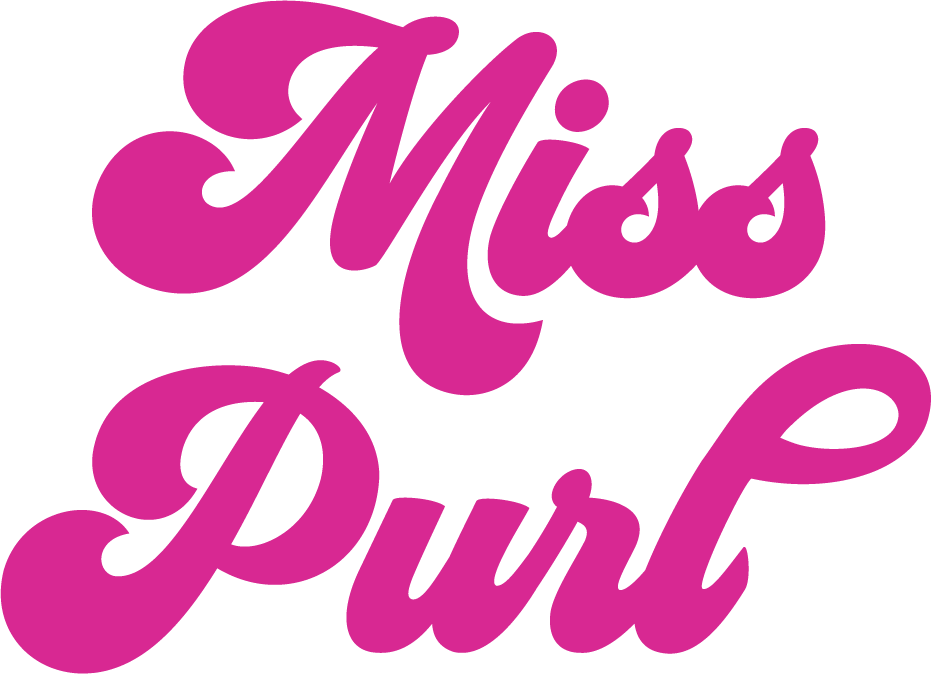Oz, Grams, Yards, Meters: How Do I Know How Much Yarn I Have?
Whether we're shopping a store shelf or diving into our own stash, there's always that one question: "How many yards is this?" It's easy to make mistakes, like not buying enough yarn or getting confused by the labels. I remember when I first started knitting, I often underestimated how much yarn I needed and ended up with unfinished projects. Another common mistake is mixing up yarn weights on the label, which can lead to using the wrong type of yarn for a pattern.
If reading the label leaves you puzzled, don't worry—I've got you covered. We'll break down how yarn is weighed in grams and ounces, measured in yards and meters, and how to estimate yardage based on weight. Plus, I'll share yardage estimates for common knitting and crochet projects. By the end of this article, you'll feel more confident and ready to tackle your next project with ease!
Understanding Weights on Yarn Labels
Yarn labels contain a wealth of information, but they can be confusing at first glance. The weight of the yarn is typically listed in grams. In the United States, yarn is also commonly weighed in ounces. A 100-gram skein of yarn weighs approximately 3.5 ounces. Big Box Brands like Lion Brand, Red Heart, and Caron often use ounces on their labels, making it easier for those accustomed to this measurement system. However, yarns sold in local yarn stores (LYS) usually use grams, which is the standard measurement in many countries.
Converting Between Grams and Ounces
Understanding how to convert between grams and ounces can be very helpful. The conversion is quite simple: 1 ounce is approximately 28.35 grams. Here are some common skein weights in both measurements:
50 grams ≈ 1.75 ounces
100 grams ≈ 3.5 ounces
200 grams ≈ 7 ounces
Estimating Yardage Based on Weight
Estimating the yardage of a skein based on its weight can be tricky, but there are some general guidelines. Here are the standard yardage amounts for 100 grams of different yarn weights:
Fingering Weight: Approximately 430 yards
Sport Weight: Approximately 300 yards
DK (Double Knit) Weight: Approximately 240 yards
Worsted Weight: Approximately 220 yards
Chunky Weight: Approximately 125 yards
Bulky Weight: Less than 100 yards.
This chart provides a quick reference for converting between grams, ounces, yards, and meters for different yarn weights
Example Calculation
Let's break it down with a relatable example: Imagine a pattern that calls for 7 ounces of worsted weight yarn. You look at your yarn stash and see that each skein of your worsted weight yarn is labeled as 3.5 ounces (or 100 grams).
Here's how you figure out how many skeins you need and the total yardage:
Determine the number of skeins needed:
The pattern calls for 7 ounces.
Each skein is 3.5 ounces.
So, you divide the total ounces needed by the ounces per skein:
7 ounces / 3.5 ounces per skein = 2 skeins (3.5 ounces per skein), which also means 7 ounces = 2 skeins. Stay with me here, 7 ounces also equals 200 grams. 200 grams is 2 full skeins.
Calculate the total yardage:
You know that a 3.5-ounce skein of worsted weight yarn typically has about 220 yards.
Since you need two skeins, you multiply the yardage per skein by the number of skeins:
220 yards per skein × 2 skeins = 440 yards.
So, when the pattern says you need 7 ounces (or 200 grams) of worsted weight yarn, understand that this translates to two full skeins, which is approximately 440 yards of yarn. Using yarn conversion chart, you can confidently gather the right amount of yarn for your project without any guesswork.
Yardage Estimates for Common Projects
Here are some minimum yardage requirements for popular knitting and crochet projects. Keep in mind that yardage can increase for colorwork and textured stitches.
Scarf: 200-300 yards
Hat: 100-150 yards
Baby Blanket: 700-900 yards
Sweater: 1000-1500 yards
Having these estimates can help you plan your projects more effectively and avoid running out of yarn. To calculate how many yarn needed, refer back to the yarn conversion chart above. For example, knowing that a hat requires around 150 yards, you can confidently indulge in that one special 100 g skein you just couldn't resist at the yarn store. You know, the one that called your name and whispered, "Buy me, I'm perfect for a cozy hat!" But if it was a 50 g skein, grab two to avoid playing yarn chicken. 🧶
On the other hand, if you're planning to make a DK weight sweater, you'll need to do a bit more math. With each 100-gram skein of DK weight yarn providing approximately 240 yards, and knowing a sweater typically requires around 1200 yards, you can quickly calculate that you'll need about five skeins. So, when you see a sale on your favorite DK yarn, you can confidently grab those five skeins and know you're all set for your next cozy creation.
Make sure the Math Maths
To avoid common mistakes, always check your pattern recommendations and labels before choosing a substitution. Additionally, be mindful of mixing yarn weights and types, as this can affect the yardage. When in doubt, consult the pattern or ask for advice from trusted sources, like Miss Purl (smile).
Conclusion
Understanding yarn weights and measurements can seem daunting at first, but with a little practice, it becomes second nature. By familiarizing yourself with yarn labels, conversion formulas, and yardage estimates, you'll be better prepared to gather enough yarn for your next project.



